Contact Continues: Clash and Blending of Cultures
Hello again and welcome. In the last post
we talked about the Indigenous perspectives of first contact with Europeans, trade networks that existed before contact, and how much change the fur trade
brought to the continent.
The reality is that European and Indigenous ways of life clashed with each other because they were so different. It was a challenge for Indigenous nations to adapt to the European systems that governed the fur trade. Plus, there was a lot more adaptation outside of the fur trade that only brought on more changes.
Though many European governments tried to ban them, intermarriages and affairs occurred, often tied to the fur trade, between Indigenous peoples and Europeans. European governments primarily sent men over to colonize and settle North America with very few European women coming along in the early years. It wasn’t hard for European men to fall for the beauty of Indigenous women living along the fur trading route and begin a relationship.
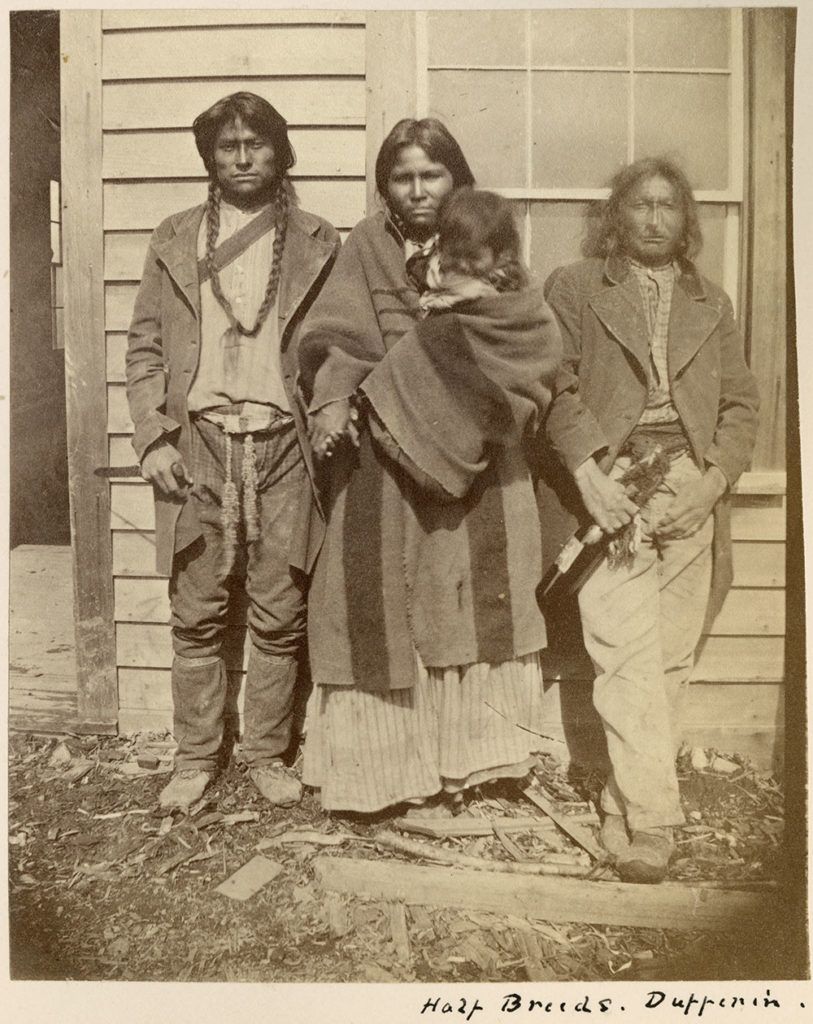
Further reading
- Check out the Metis Nations historic timeline here
- Read From the Ashes by Jesse Thistle
- Read Louis Riel: A Comic Strip Biography by Chester Brown
- Read Halfbreed by Maria Campbell
The children of these two groups soon became their own distinct nation. French colonists referred to this group of not fully Indigenous nor fully European as Métis, meaning someone of mixed ancestry. (Keep in mind that not all Métis are of French and Indigenous ancestry.) As Métis people married among themselves, a new culture, language, way of life, and identity emerged. The Métis population was primarily in the prairies of Canada but also extended into Ontario, British Columbia, and the Northwest Territories. Throughout the years they fought for recognition from the Canadian government specifically concerning land rights.
Pictured to the left: A photo of Unidentified Metis posed in front of a building at Dufferin
Amongst all this change, missionaries also came to the “new world” in the hopes of changing Indigenous peoples’ religion. Christian colonizers believed they needed to convert and ‘save the souls’ of Indigenous peoples. However, Indigenous peoples had their own religions based on millennia-old traditions. The number of converts to Christianity was often low. However, as fatal foreign diseases devastated Indigenous communities, whose traditional medicines and beliefs were ineffective against the new diseases, conversion to European faiths picked up speed.
Read Our Stories: Christianity and First Peoples by Centennial College
- Learn more in History of the Ojibwe Indians ; with especial reference to their conversion to Christianity by Kahkewaquonaby Peter Jones. Click below to download.
These are just a few of the changes that occurred during the contact period. It was a time of rapid change from the Indigenous perspective. After millennia of tradition and culture, suddenly Indigenous lives were being interrupted by new and foreign ways.
With all these changes occurring and shaping the country we know today I often wonder what would’ve happened had no colonizers come over at all. What would North America be like? How would Indigenous cultures have progressed without interference with Europeans? What would the landscape be like? What technologies would have come about overtime? How would politics and social relationships have progressed? It is hard to imagine now as there is so much European influence that has changed Indigenous life today.
“One family had thier land stolen. The other was stolen from their land.”
Julian Taylor
Musician Julian Taylor shares his experience as a Black-Indigenous man growing up in Toronto.
In the end, European powers had plans to overtake the continent and make it their own. It was hoped that these new colonies would be a new slate for even better European societies though, in reality, European settlers were already blending their lives with Indigenous ones. Either way, Britain and France actively sought to acquire land in North America. Treaties and land agreements are what emerged following the contact period, we’ll explore them further in the next post.
Visit Built on Genocide , an exhibition by Jay Soule | CHIPPEWAR
Built on Genocide is a large-scale installation by multidisciplinary Indigenous artist Jay Soule | CHIPPEWAR , reflecting the historical events and colonial policies throughout Canada’s history that have deliberately undermined and destroyed Indigenous livelihoods.
Running September 22 – October 24, 2021 at Harbourfront Centre.
Read the next post: Honour the Treaties
About the Author
Mnawaate Gordon-Corbiere is Grouse clan and a member of M’Chigeeng First Nation. She is Ojibwe and Cree. Born in Toronto and raised in M’Chigeeng, in 2019 she obtained her BA in History and English from the University of Toronto.
Since graduation, she has been working in the heritage sector with a focus on Indigenous history. Her most recent project was working as a co-editor for the historical anthology Indigenous Toronto: Stories that Carry This Place
released in spring 2021.
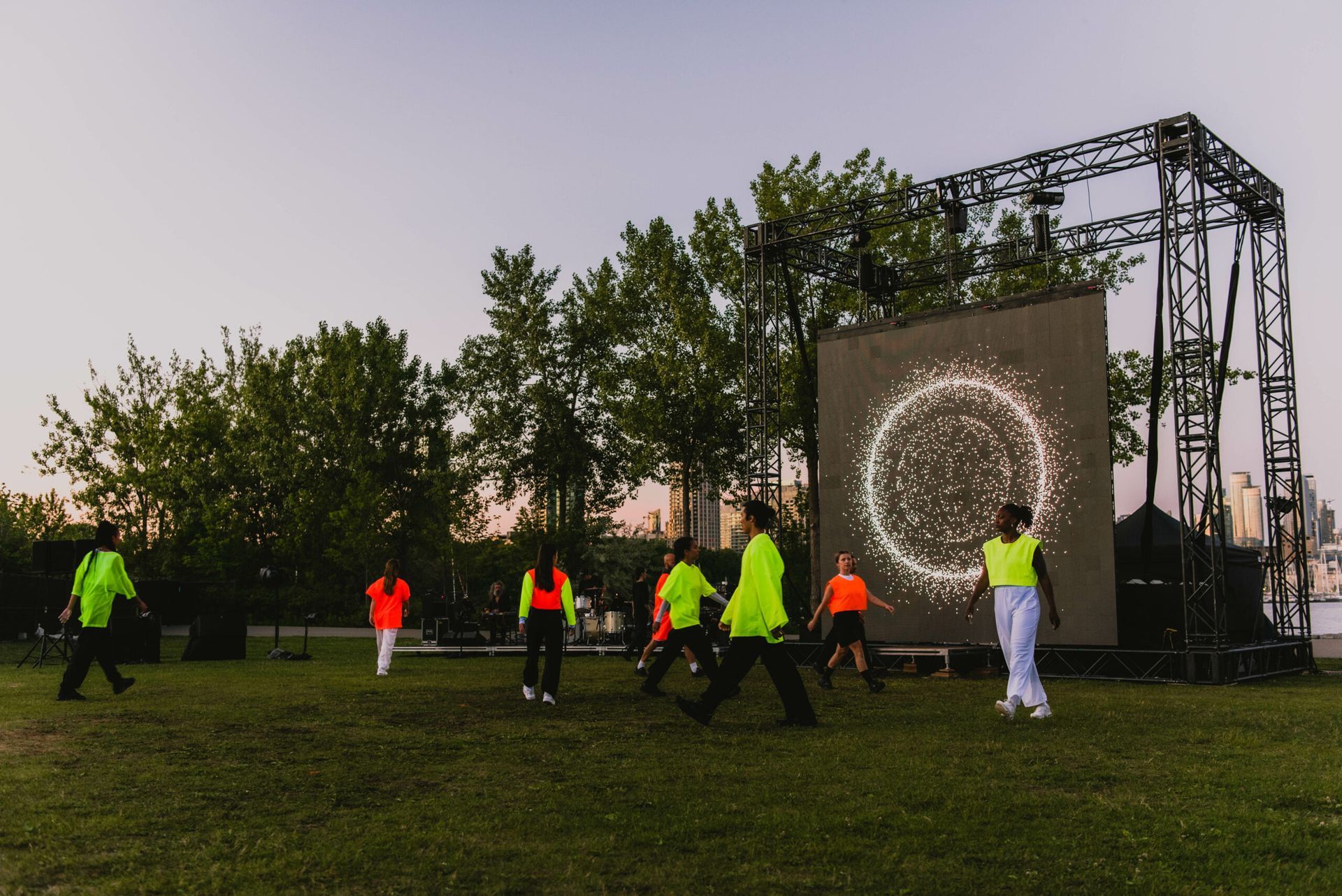
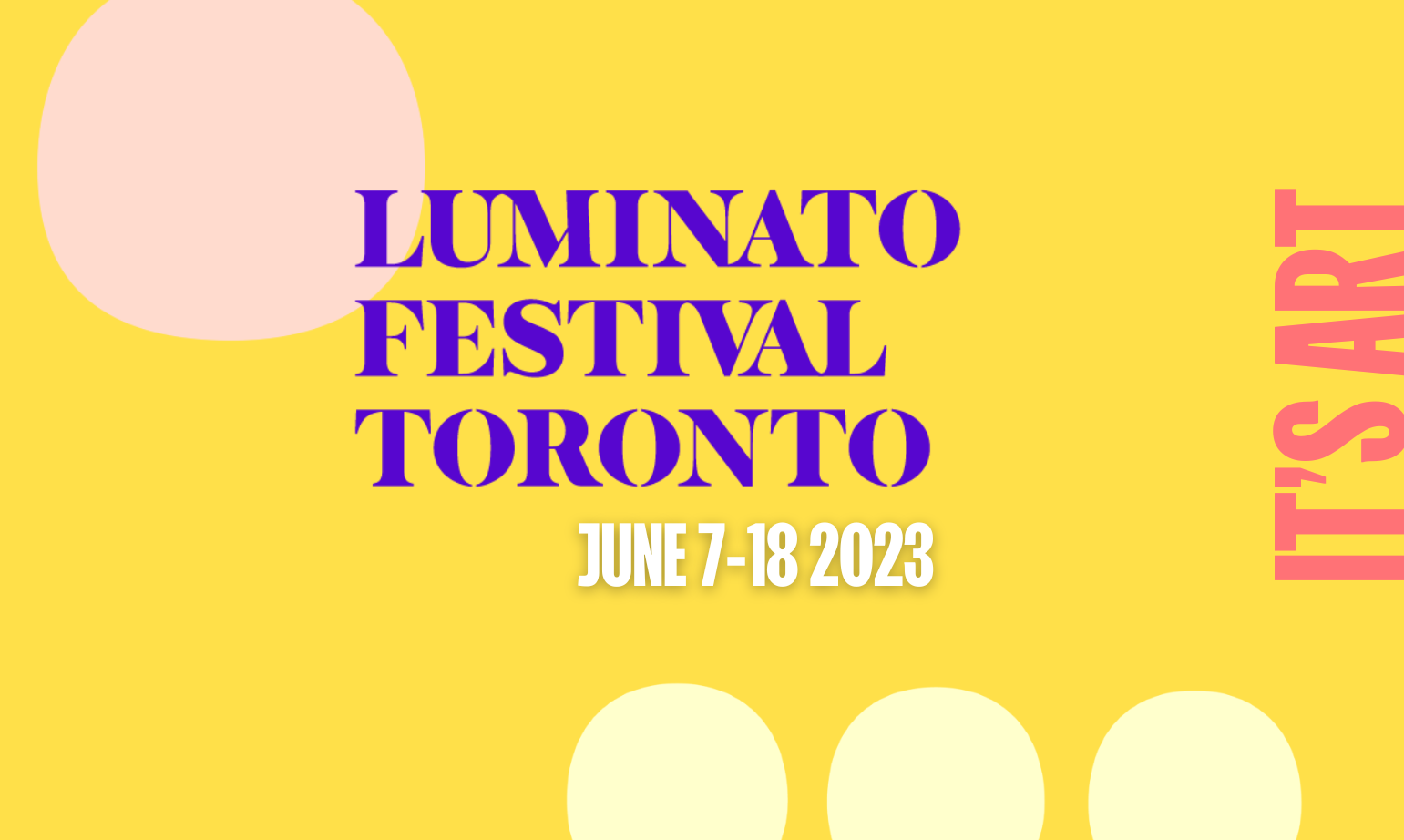
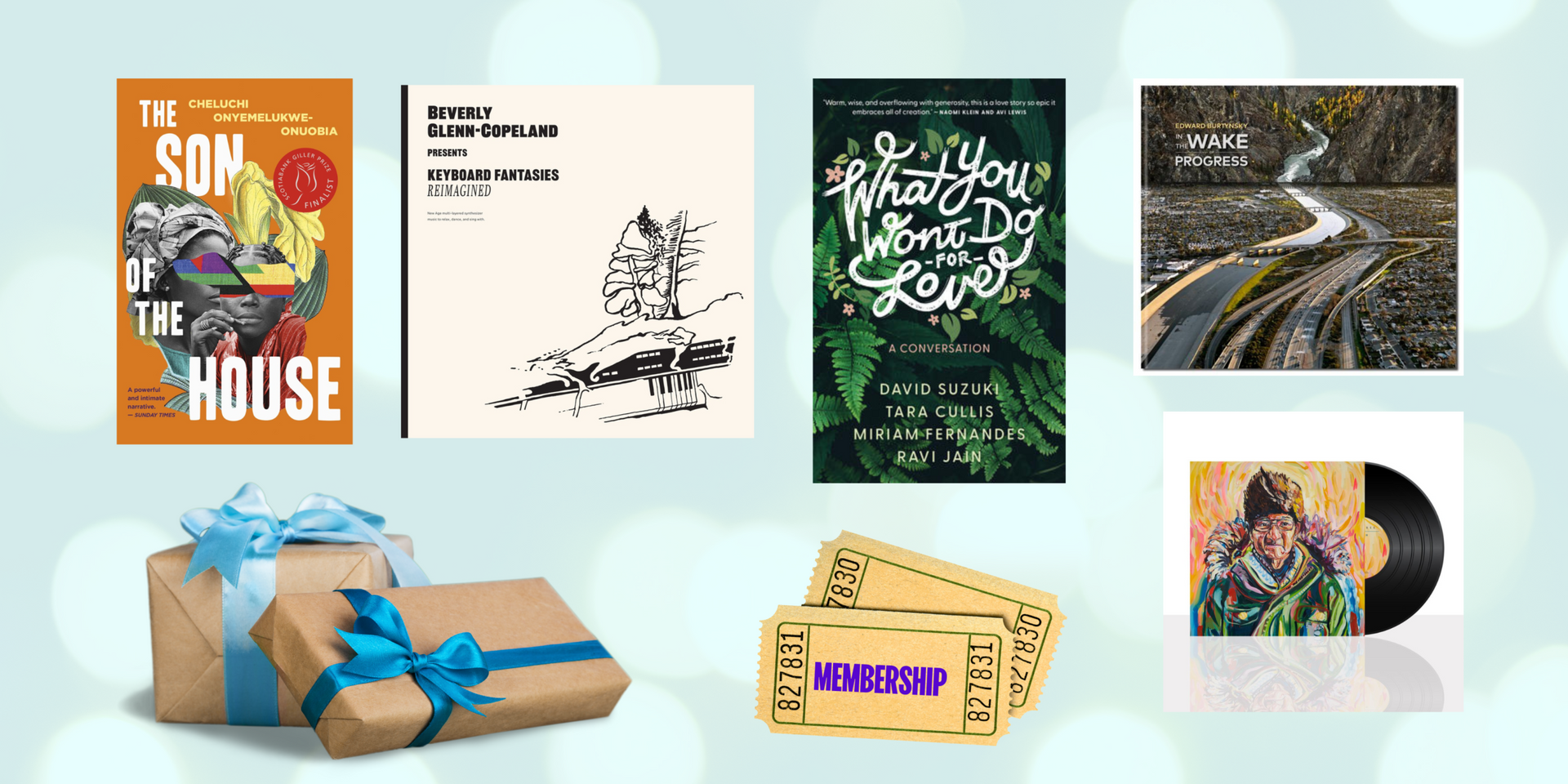
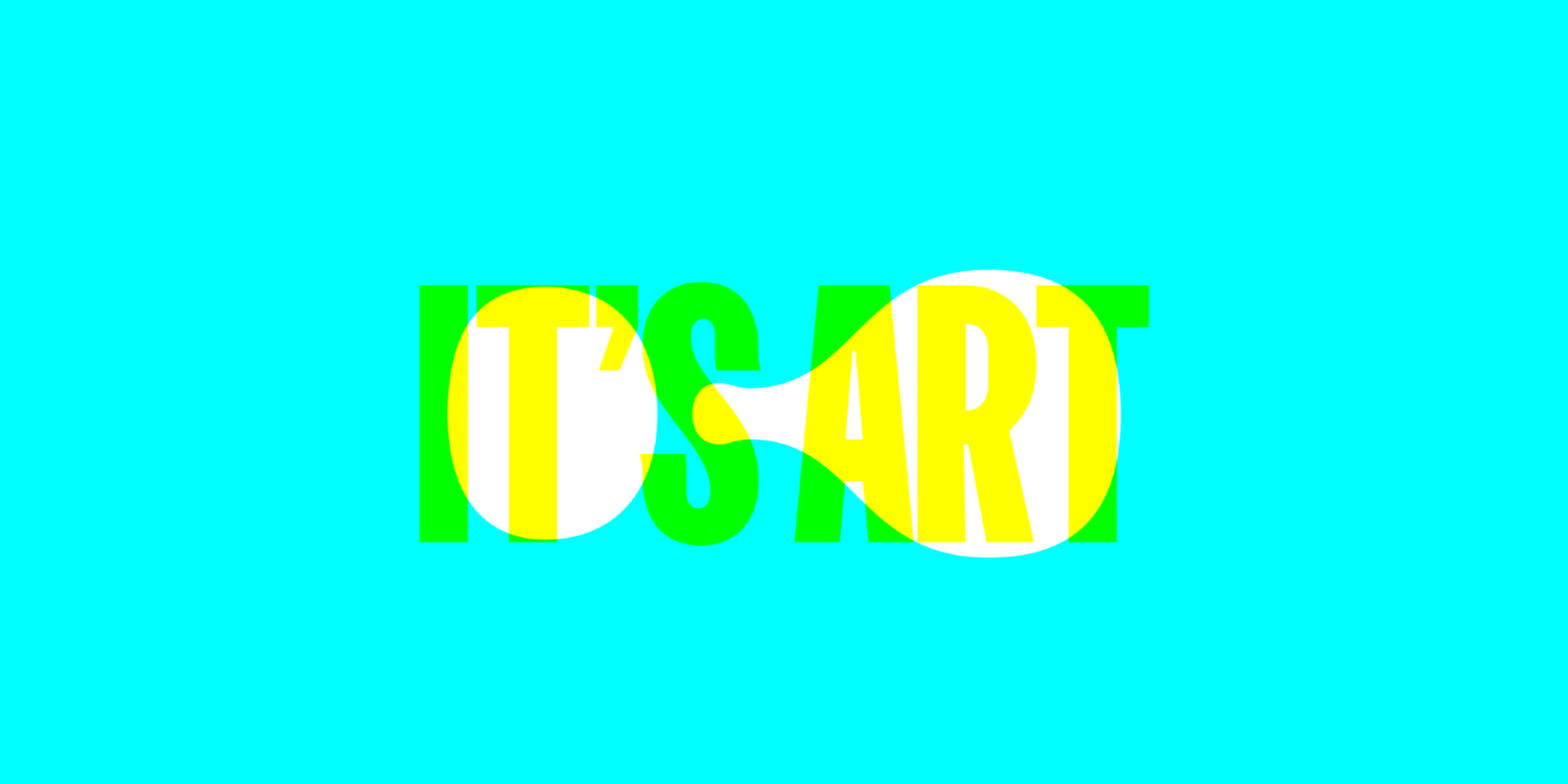
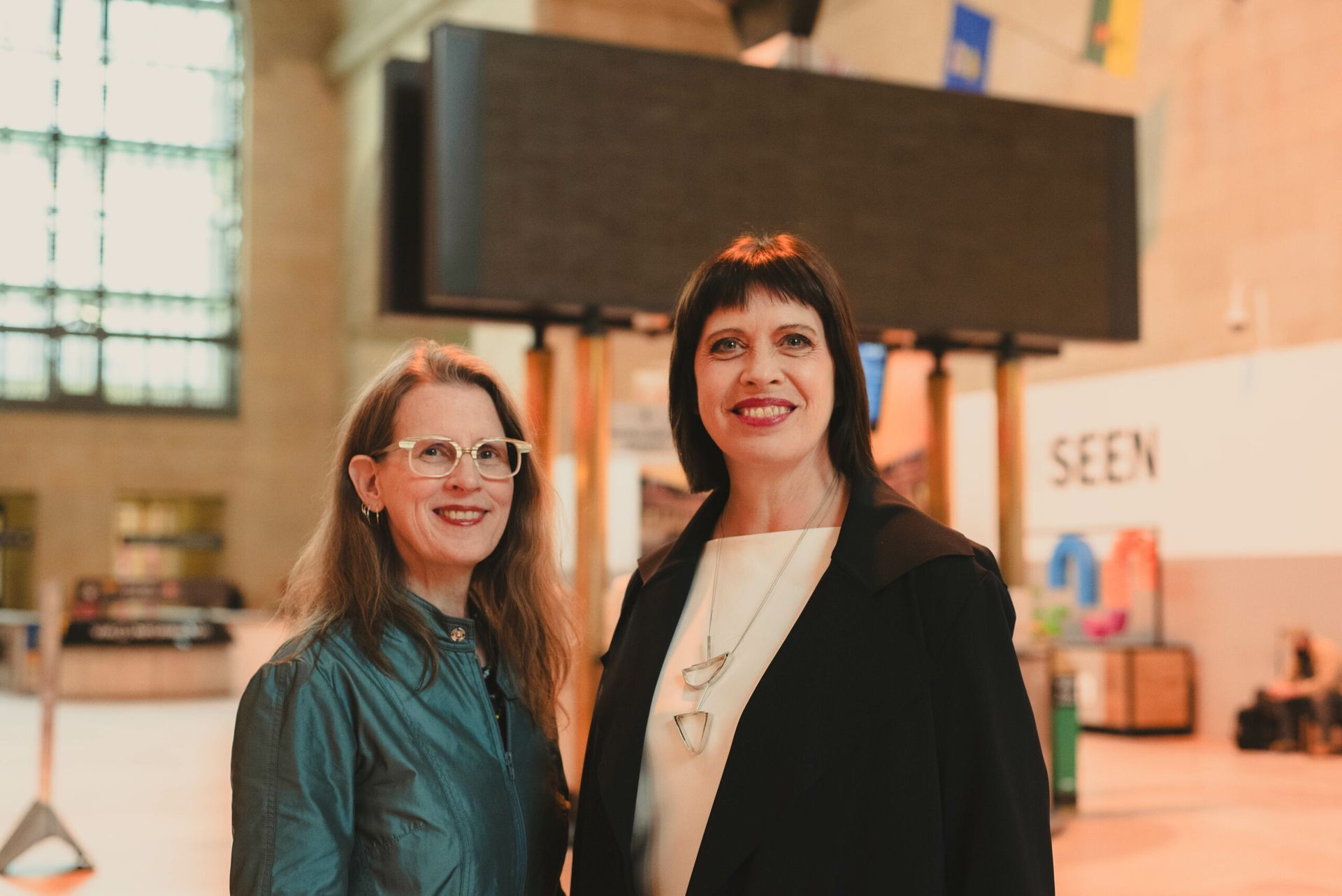
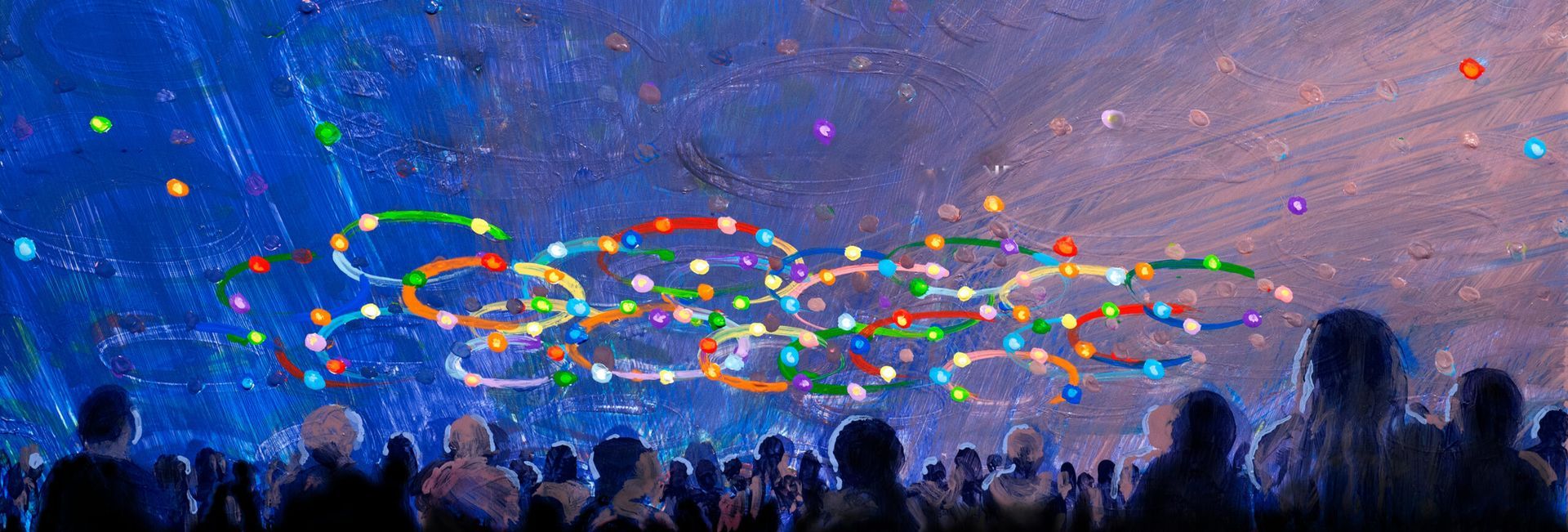
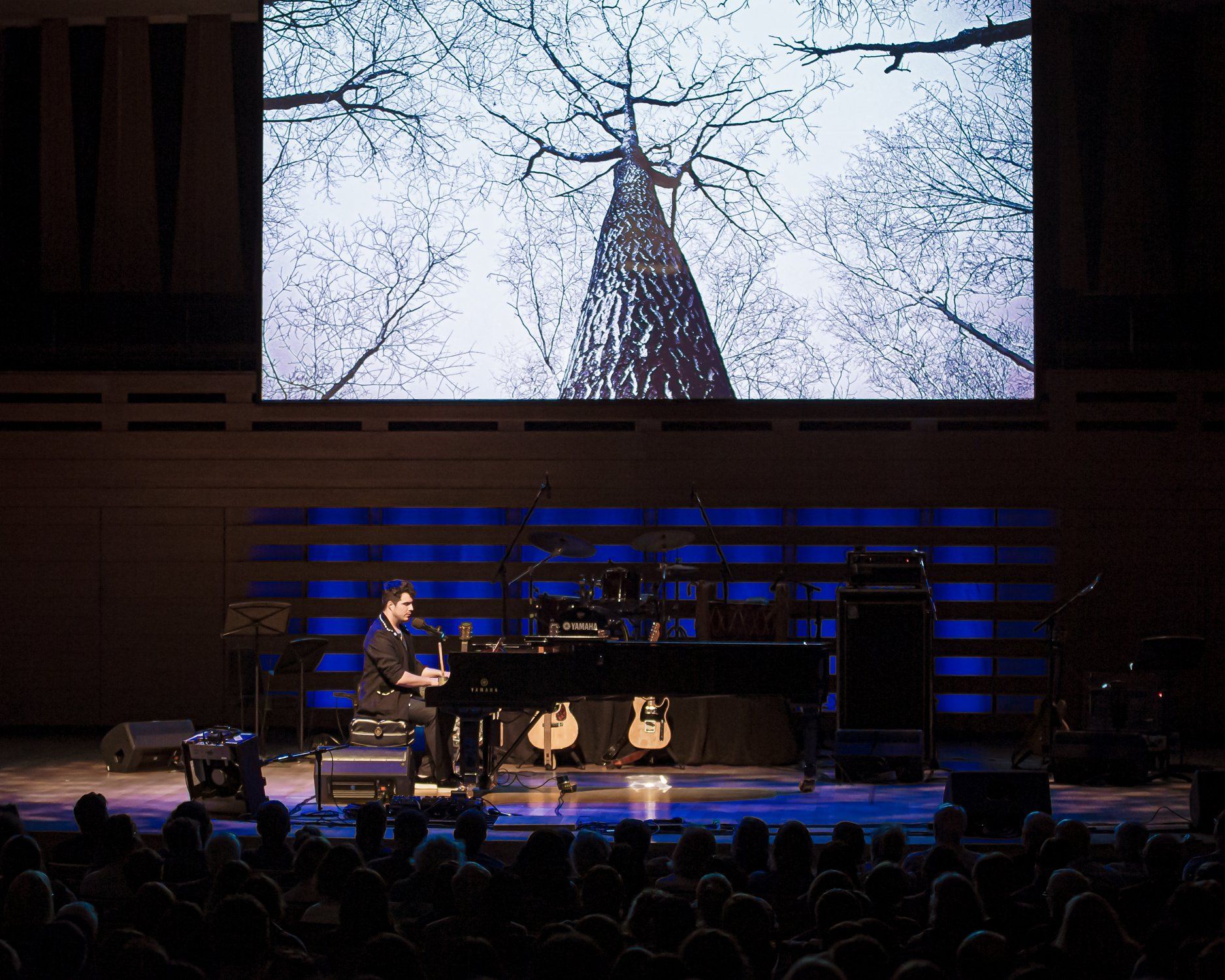
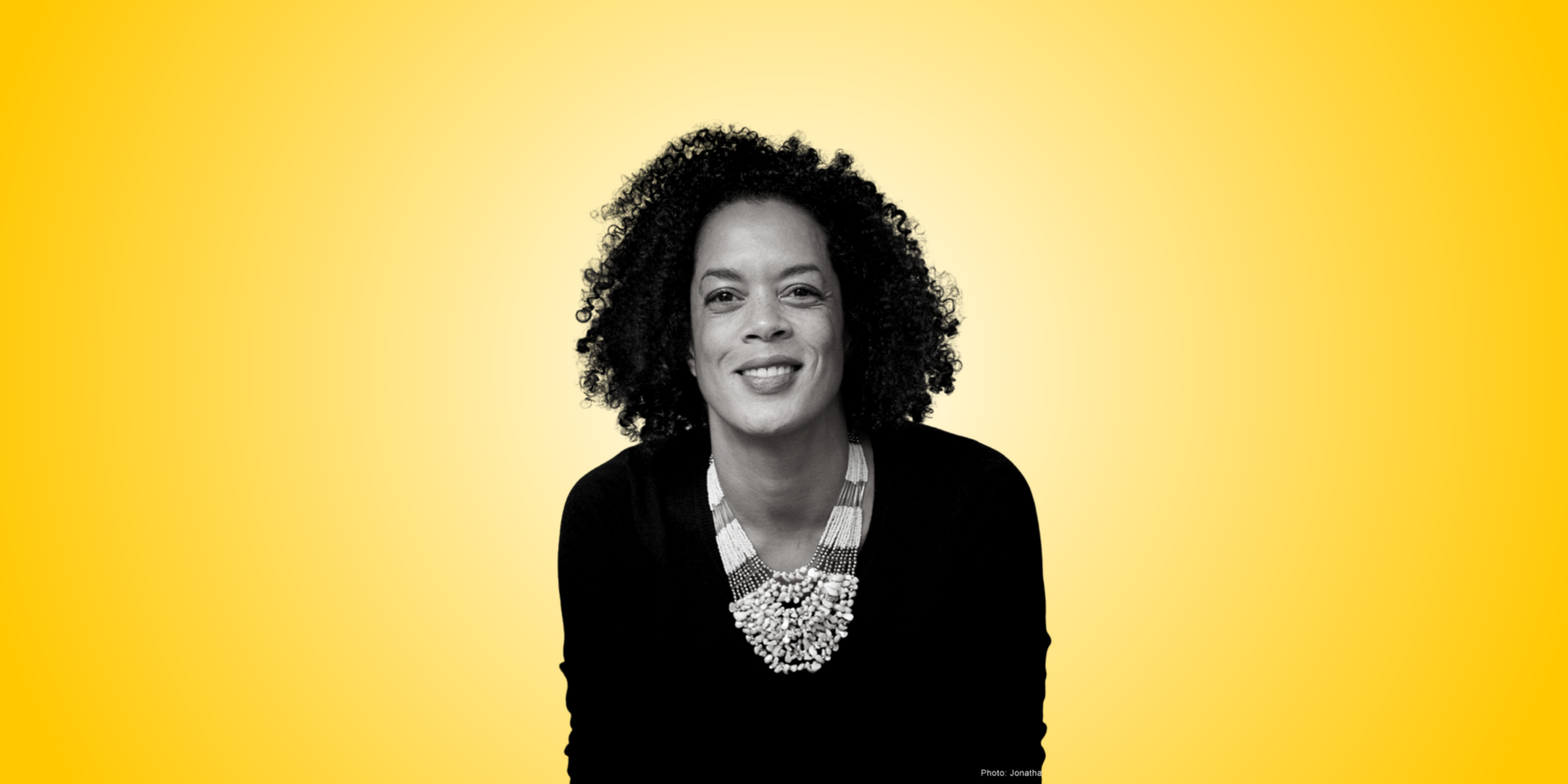
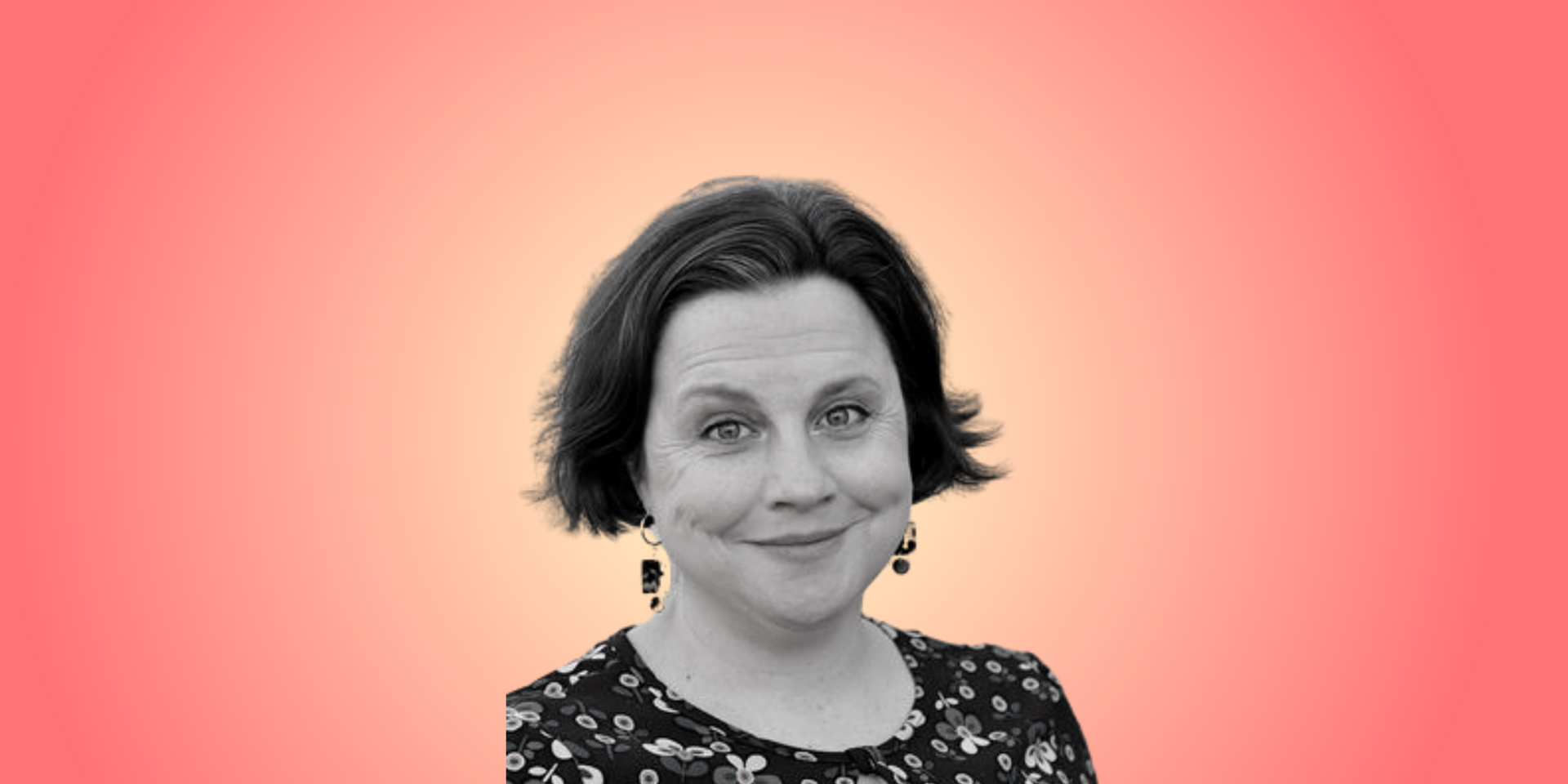
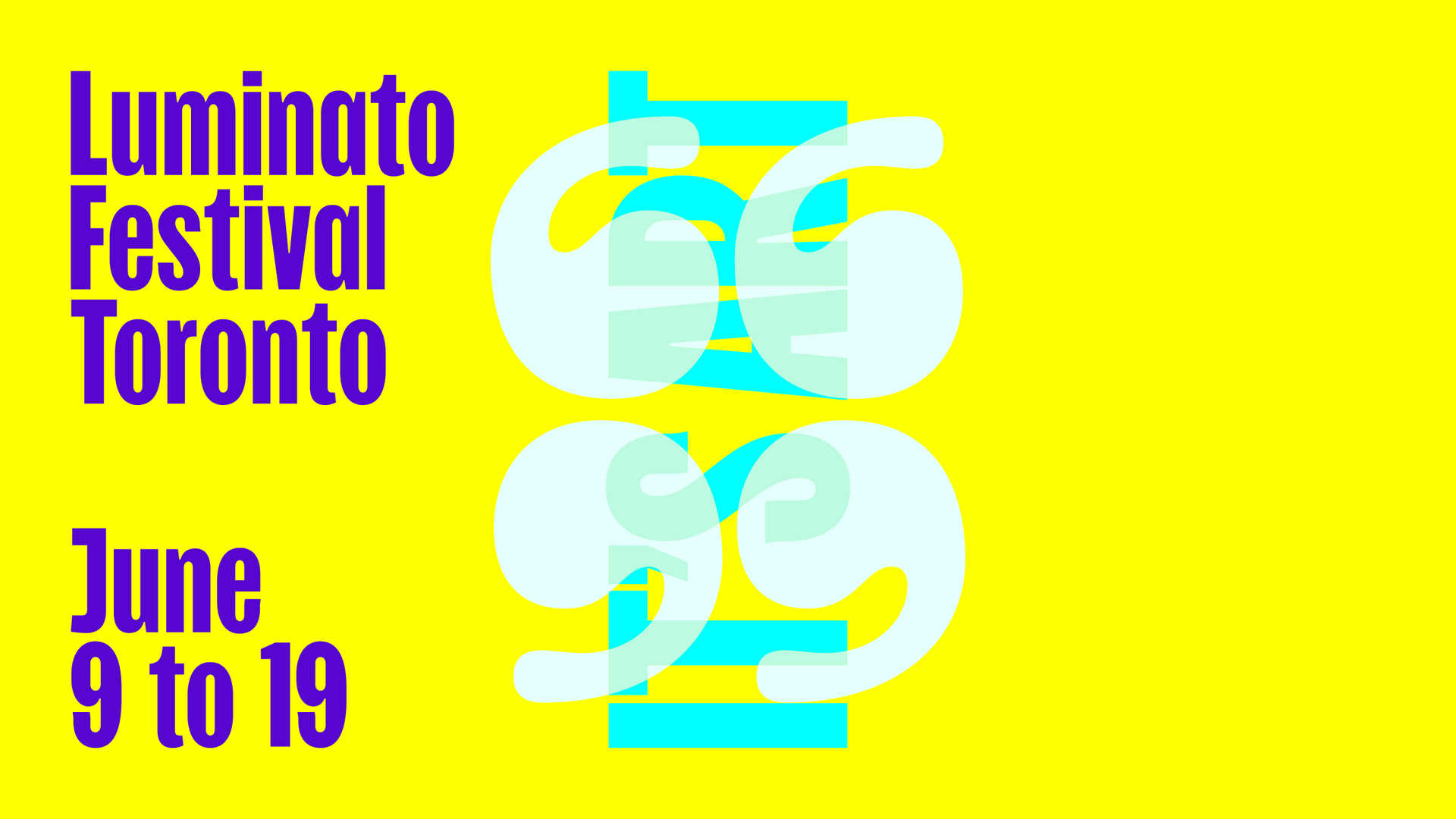
© 2025 Luminato Festival Toronto, All rights reserved.
Privacy Policy
|
Terms and Conditions
